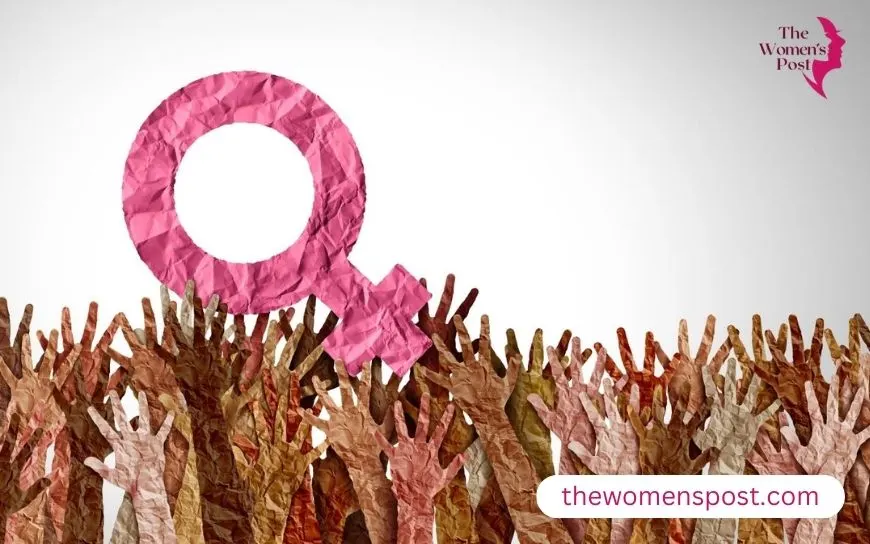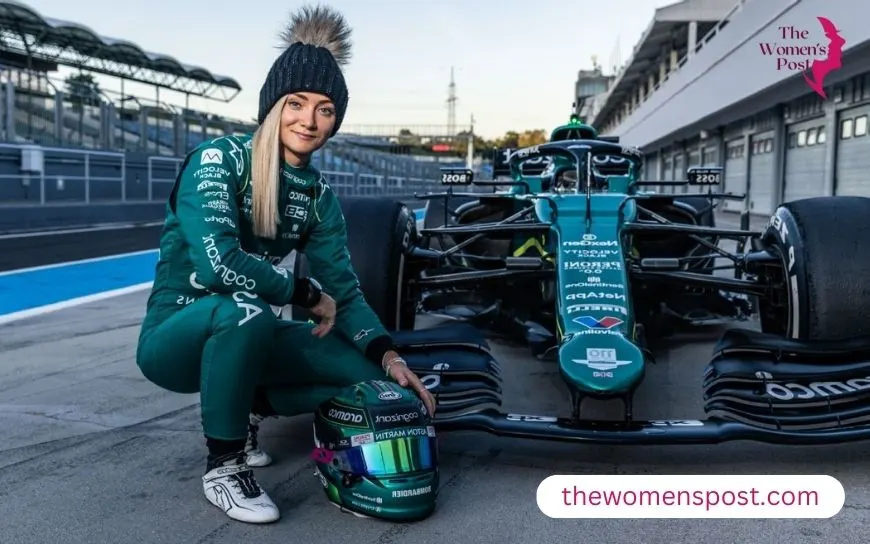More Than Style: How Fashion Becomes a Tool of Protest?

When most people think of fashion, they see runways, trends, celebrities, and seasonal collections. But underneath the flash and beauty is something considerably more powerful: fashion as a means of political expression. Fashion, from headscarves to hoodies, has always served as a symbol of resistance, protest, and identity. Whether it’s a modest item or a flamboyant costume, what we wear can communicate volumes—sometimes louder than words.
Let’s take a trip through tales from across the world that demonstrate how fashion is more than simply looking good—it’s about standing out, being seen, and making a statement.
The Black Panthers’ Uniform of Defiance
In the 1960s and 1970s, the Black Panther Party in the United States not only disrupted the political system, but also changed fashion. The members donned black leather jackets, berets, and sunglasses. These weren’t simply nice style choices; they represented strength, togetherness, and opposition to systematic racism and police violence.
In a world that sought to deprive them of dignity and identity, the Panthers dressed purposefully. Their attire stated, “We are not invisible. “We are powerful.” It’s no wonder that decades later, singers like Beyoncé used this technique in her Super Bowl halftime show, reigniting discussions about Black pride and police violence.
Iran’s Hijab Protests: A Piece of Fabric and a World of Meaning
For decades, the clothing of Iranian women has been a political issue. Since the Islamic Revolution in 1979, women have been legally obligated to wear the hijab. However, not all women cooperate silently. Many people have used the exact object designed to govern them as a weapon of revolt.
In 2017, Vida Movahed stood on a utility box on a crowded Tehran street, quietly waving her white hijab on a stick. She was detained, but the image of her protest launched the White Wednesdays movement, in which women shared videos and images of themselves removing their headscarves in public.
Fashion was not about modesty or beauty. It was all about choice, voice, and exposure.
India’s Khadi Movement: Spinning Freedom
Rewind to colonial India in the early twentieth century. Mahatma Gandhi did not merely battle the British with speeches and marches; he also employed fabric. Khadi is a hand-spun, hand-woven cotton textile.
The British monopolised India’s textile sector, exploiting its workers and flooded the market with foreign products. Gandhi encouraged Indians to boycott British textiles and spin their own fabric as a form of economic protest.
Khadi became more than just a fabric; it became a symbol of self-reliance and national pride. Khadi is still worn by Indian politicians and reformists as an homage to its revolutionary past.
South Africa’s Miners and the Overalls of Protest
Blue dungarees and red berets are more than just clothing in South Africa; they also represent a political identity.
The Economic Freedom Fighters (EFF), a South African left-wing party, wear similar uniforms to parliament. Why? Stand in solidarity with the working class, particularly miners and labourers, who have long been exploited and disregarded.
By foregoing suits and ties, the EFF conveys the message: “We represent the people, not the elite.” Fashion here becomes a protest against power systems and a cry for economic fairness.
Hong Kong’s Protest Fashion: The Masked Generation
During the 2019 pro-democracy rallies in Hong Kong, protestors mastered the art of utilising clothes to defend themselves—and defy authorities.
Black T-shirts, masks, goggles, and helmets became the movement’s unofficial uniform. These garments had two purposes: they protected demonstrators from tear gas and concealed their identities from observation.
However, when the government prohibited face masks, wearing one became a form of civil disobedience. Something as basic as a surgical mask became a symbol of resistance and heroism.
Indigenous Regalia in North America: Celebrating Culture with Pride
For many Indigenous communities in the United States and Canada, traditional regalia represents ceremonial, history, and rebellion.
Indigenous children were compelled to lose their traditional clothes and languages while attending residential schools. Today, donning regalia during powwows, protests, or even graduations is a gesture of reclaiming what was once forcefully taken away.
Taran Little Light, 18, chose to wear her traditional Crow clothing to her high school graduation in Montana for more than just personal reasons. It was a cultural message, “We are still here.”
Japan’s Lolita Subculture: Resistance in Ruffles
Not every political attire appears angry or sombre. In Japan, the Lolita fashion subculture employs frilly gowns, bows, and Victorian aesthetics to challenge conventional expectations of women.
In a hypermodern, sometimes patriarchal environment, young women utilise this extremely feminine style to recover control over their bodies and appearance. It’s a visual rejection of sexualization—femininity is chosen rather than forced.
According to a Lolita fashion aficionado, “People think it’s just cute clothes, but for us, it’s liberation.”
The Hoodie: Trayvon Martin as a Global Symbol
The hoodie used to be simply a comfortable piece of apparel. However, with the 2012 killing of 17-year-old Trayvon Martin in Florida, it took on new significance.
Trayvon was wearing a hoodie when he was shot. In the days that followed, individuals all across the world wore hoodies in solidarity, including politicians, athletes, and whole college campuses.
The hoodie became a symbol of racial profiling and a call for justice. It served as a reminder to everyone that what they wear may make them both a target and a symbol.
Ukrainian Vyshyvanka: Embroidered Patriotism
During the conflict with Russia, Ukrainians have adopted the vyshyvanka—traditional embroidered shirts—as a proud emblem of national pride.
On Vyshyvanka Day, individuals wear these outfits to school, work, and protests. In times of political turmoil, the vyshyvanka has evolved into more than just a symbol of legacy; it is a silent act of resistance, affirming culture in the face of war.
Even President Volodymyr Zelenskyy has been spotted wearing versions of this shirt at important occasions, so promoting national unity via attire.
Punk Fashion in the UK: Anarchy in the Streets
Working-class teenagers in 1970s Britain were outraged about unemployment, capitalism, and the monarchy. Punk fashion include torn trousers, spiked hair, and leather jackets adorned with pins and phrases.
The Sex Pistols, for example, used flair to express their defiance. Vivienne Westwood’s designs boasted bold patterns and deconstructed shapes that screamed “Down with the System!”
Punk was not about conformity; it was about breaking the rules.
So, What Does It All Mean?
Fashion is not always loud. Sometimes it whispers. Clothing, whether it’s a hoodie in America, a scarf in Iran, or a beret in South Africa, may convey history, suffering, pride, and protest.
Not every political fashion is part of a larger movement. It may be shown in your everyday decisions, such as wearing natural hair against Eurocentric beauty standards, supporting ethical products, or wearing LGBTQ+ pins in hostile environments.
Your wardrobe tells a tale about you. And when you dress intentionally, your narrative becomes a statement.
More Than Just Fabric
When you put on your favourite jacket or buy a new pair of shoes, consider what it means. Who created it? What makes you so passionate about it?
What could it say if it had a voice?
Fashion is personal—but it’s also political. And in a world full of noise, your clothes might be one of your clearest, boldest ways to speak.
Also read: Against All Odds: Anita Roddick’s Journey from Small-Town Girl to Global Changemaker









